Gametogenesis is a process of formation of highly specialized haploid gametes in animal organisms and humans. The process takes place in the gonads through meiosis. In male organisms, the process is called spermatogenesis, in female&hellip
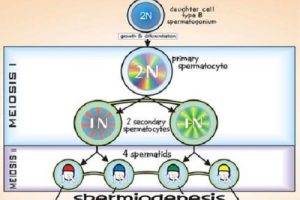

Gametogenesis is a process of formation of highly specialized haploid gametes in animal organisms and humans. The process takes place in the gonads through meiosis. In male organisms, the process is called spermatogenesis, in female&hellip

What are Fungi? Fungi are eukaryotic heterotrophic organisms. They have some shared features with animals, and others – with plants. However, they are characterized by some specific features and form a separate, distinct group –&hellip
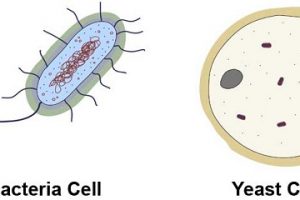
What is Bacteria? Bacteria are single-celled prokaryotic organisms with microscopic size. Their cells do not have a nucleus and membrane-bound organelles. The cells of bacteria consist of: Cell wall, often with a mucous envelope; Cell&hellip

What is Bacteria? Bacteria are single-celled prokaryotic organisms with microscopic size. Their cells do not have a nucleus and membrane-bound organelles. The cells of bacteria consist of: Cell wall, often with a mucous envelope; Cell&hellip
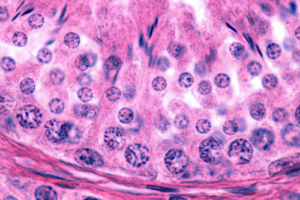
Gametogenesis is a process of formation of highly specialized haploid gametes in animal organisms and humans. The process takes place in the gonads through meiosis. In male organisms, the process is called spermatogenesis, in female&hellip
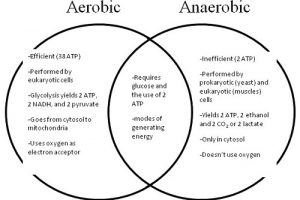
The cellular respiration is a process of transferring the energy from glucose to adenosine triphosphate (ATP). The cells break down the molecules of glucose and release energy, which is used to produce ATP. The energy&hellip

What are Fungi? Fungi are eukaryotic heterotrophic organisms. They have some shared features with animals, and others – with plants. However, they are characterized by some specific features and form a separate, distinct group –&hellip
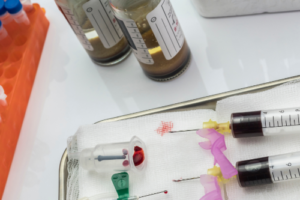
The cellular respiration is a process of transferring the energy from glucose to adenosine triphosphate (ATP). The cells break down the molecules of glucose and release energy, which is used to produce ATP. The energy&hellip
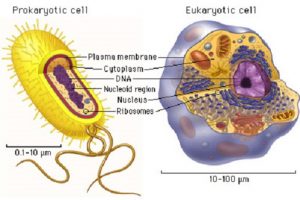
The cells are the basic autonomous biological, structural, and functional units of all living organisms. There are two main types of cells – Prokaryotic Eukaryotic The main difference between these two types of cells is&hellip
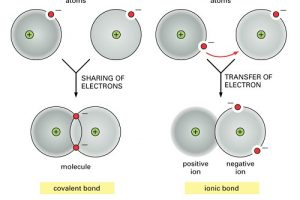
What is Ionic Bond? Definition and few Characteristics The ionic bond occurs between the atoms of elements with a big difference in their electronegativity. When the atoms of such elements interact one of them provides&hellip
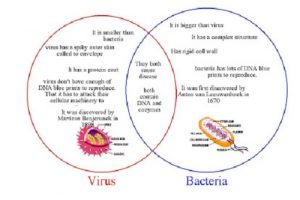
What does Virus mean? Definition and Characteristics The virus is a microscopic pathogen that infects cells in living organisms. The term virus usually refers to those pathogens, infecting eukaryotic organisms, and the term bacteriophage or&hellip
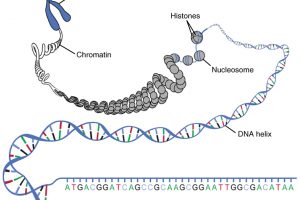
What is Chromatin? Chromatin is a complex of DNA, RNA, and proteins, found in eukaryotic cells. Its main proteins are the histones. They are containing a big quantity of amino acids (arginine and lysine), facilitating&hellip
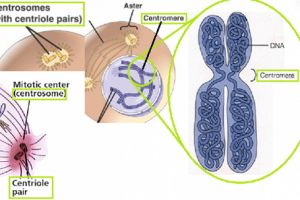
What is Centrosome? The centrosome is a cell organelle, serving as the main center for microtubule organization and regulator of the progression of the cell-cycle. It has evolved only in the eukaryotic animal cells, the&hellip
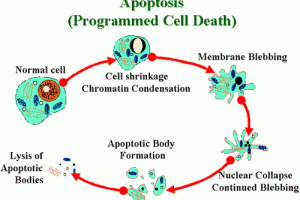
What is Anoikis? The anoikis is a type of programmed cell death (a particular type of apoptosis), induced upon the separation of a cell from the extracellular matrix. It is a mechanism, preventing the adherent-independent&hellip
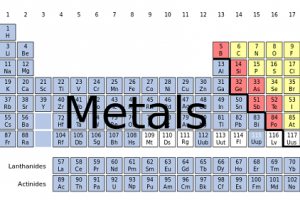
The actinides and lanthanides are two big families of iso-structural, natural and synthesized chemical elements. They are called f- elements, due to the fact that the last electron of their atoms enters the f-orbital. Due&hellip
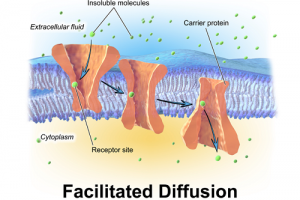
Active transport and facilitated diffusion are two ways of transport of ions and molecules through the cell membrane, executed through a membrane carrier. What is Active Transport? The movement of ions and molecules across a&hellip
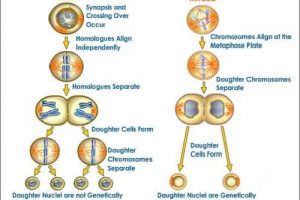
The cells are propagated by division – a process in which the content of the mother cell is divided into two newly-derived daughter cells. The cell division is three types: binary fission – simple division&hellip

Consequentialism is a group of ethical theories. Its central point is that the moral value of each particular action can be judged only in terms of the consequences that arose from it. Typical representatives of&hellip
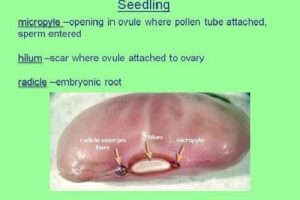
What is Hilum? The hilum is a scar on the seed coat, marking the place where the seed was attached to the ovary tissue (via the funiculus). It is controlling the relationships between the external&hellip
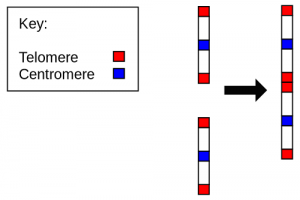
What is Centromere? The part of a chromosome, determining the kinetochore formation and the cohesion of the sister chromatids, is called centromere. The centromere is the site of assembly of the kinetochore – a complex&hellip
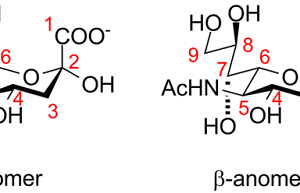
The isomers are molecules with equal molecular formula, but with a different structure (structural isomerism) or different spatial orientation (stereoisomerism). The isomers have an equal number of atoms of each chemical element, but different arrangements of these&hellip
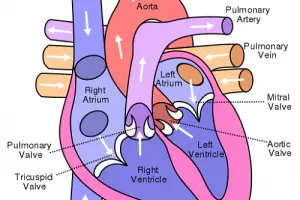
The cardiovascular system consists of heart and blood vessels. Its function is to transport oxygen, nutrients, hormones, and cellular waste products throughout the body. In the human body the blood circulates through two circulatory loops:&hellip
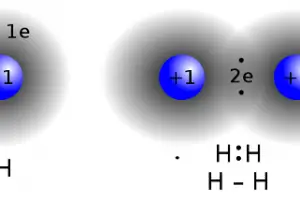
What is Valency? The property of the atoms of an element to be chemically bonded to an exact number of atoms of other elements is called valency. Valency is an integer that shows how many&hellip
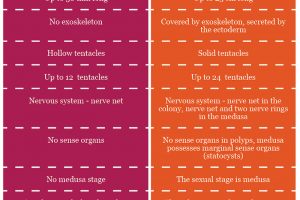
Hydra and Obelia are two genera of small aquatic animals of the phylum Cnidaria, class Hydrozoa. What is Hydra? Hydra is a genus of small diploblastic freshwater animals from the class Hydrozoa. The representatives of the genus are up&hellip
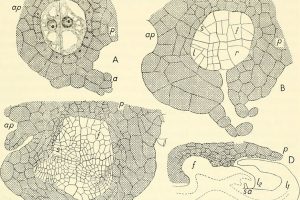
According to their main function, plant tissues are subdivided into: meristematic tissues – serve the plants’ growth and permanent tissues – perform all other functions. What is Meristematic Tissue? After germination, the formation and growth&hellip